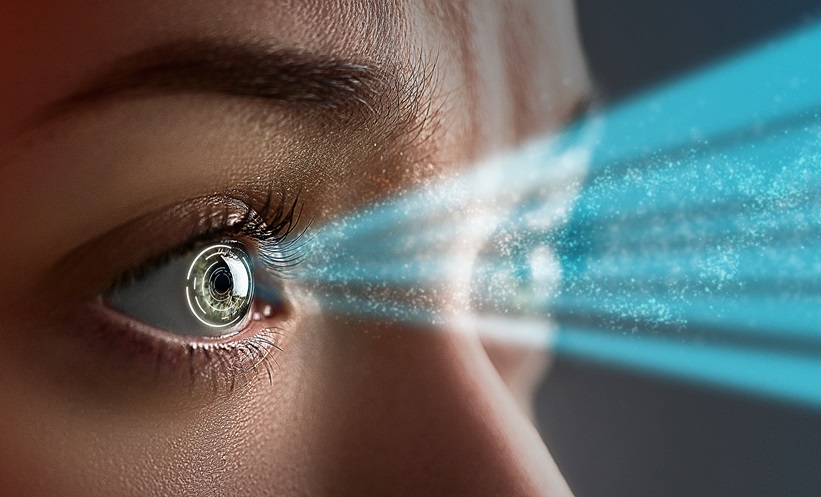HEART FAILURE is a potentially fatal condition, and often causes severe symptoms. Cardiac resynchronisation therapy (CRT) is a pacemaker therapy used to treat the condition, but it is only effective in those suffering from electrical disturbances of the myogenic activation of the ventricles. Some heart failure patients suffer from correct ventricular activation but a delayed onset, where CRT is ineffective. Now, following the HOPE-HF clinical trial, a pioneering new technique, the first His bundle pacemaker, is being used to treat the condition known as PR interval prolongation.
The HOPE-HF clinical trial, performed by consultant cardiologists Prof André Ng, University of Leicester, and Dr Ravi Pathmanathan, Leicester’s Hospitals, Leicester, UK, aims to test the new treatment in a group of patients suffering from PR interval prolongation, who currently do not receive pacemaker therapy. The implant is being trialled at Glenfield Hospital, Leicester, one of the largest cardiac centres in the UK, where it is receiving much enthusiasm from the cardiology team.
The procedure aims to correct the delay in onset of electrical activation in the heart by inserting an extra pacemaker lead into the bundle of His. Early studies have indicated that His bundle pacing can correct the delay in ventricle onset activation. The development of an effective pacemaker treatment for PR interval prolongation patients is key to providing broader treatment options, and thus lowering their risk of heart failure, further complications, and potentially death.
Prof Ng concluded “If the treatment is found to be effective, this would be an exciting advance, as it would mean we have a new treatment for a group of patients with heart failure. These patients are often very limited by their symptoms and therefore a new treatment which reduces symptoms would be very important.”
Conducting the procedure requires minimal additional training and uses equipment already developed and readily available; additionally, the procedure requires less time to perform than current cardiac resynchronisation therapy pacemakers. These factors collectively add significant value to the new technique.
(Image: pixabay.com)








